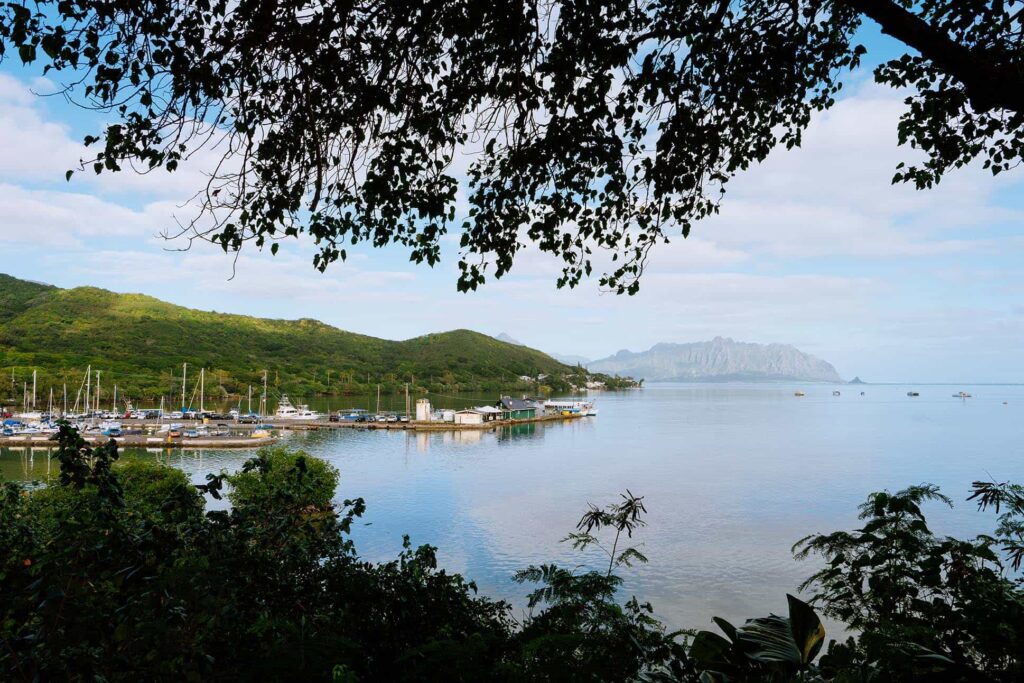Text by Rae Sojot
Images by Josiah Patterson
As a kid growing up in ‘Aiea, Chris Manuel constantly found himself heading east. The windward side appealed to him with its slower pace of life and lush surroundings, the steep green ridges of the Koʻolau mountain range providing a natural bulwark against the hustle and bustle of urban island life. In the calm waters between Kahaluʻu and Kāneʻohe, Manuel fished and dove and made lifelong friends. Heʻeia Kea Boat Harbor, especially, became a beloved playground and sanctuary.
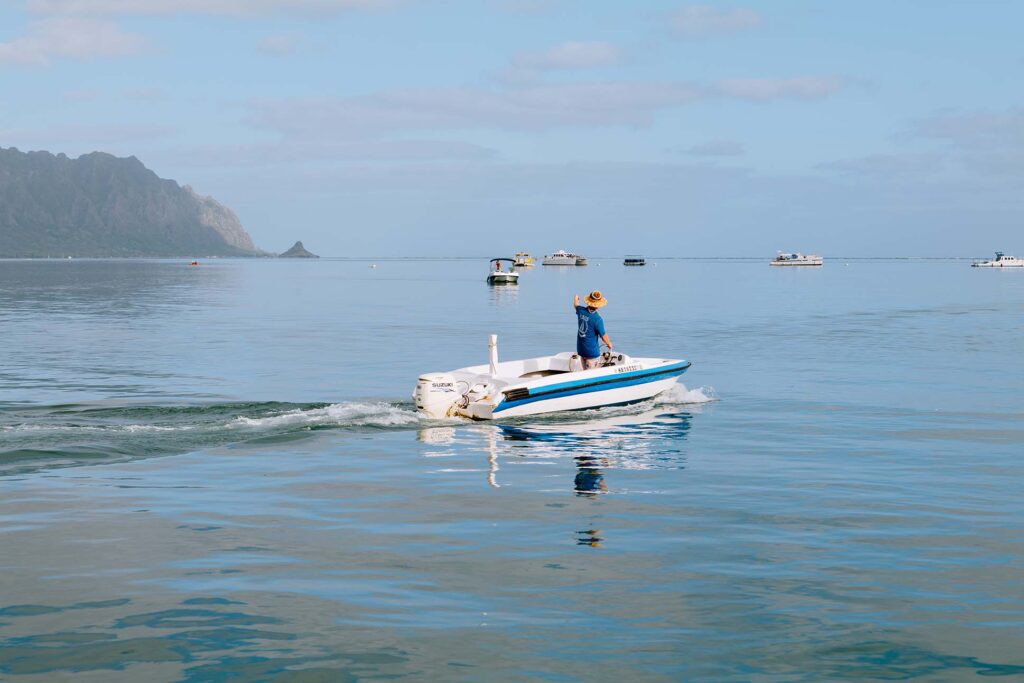
Over the next 40 years, Manuel would continually return to Heʻeia, carving out moments of respite from busy family and work schedules. His entrepreneurial spirit had underpinned a series of productive career endeavors in plumbing and general contracting, real estate and restaurants. So, in 2019, when a friend shared news that the lease for the harbor’s little seaside general store was up for bid, his interest was piqued. The store, which first opened in the 1960s, had been a longtime gathering hub for the windward community but had stood shuttered the last five years. Manuel considered the prospect carefully. Operating a general store had never been on his radar, yet the idea hit close to his heart.
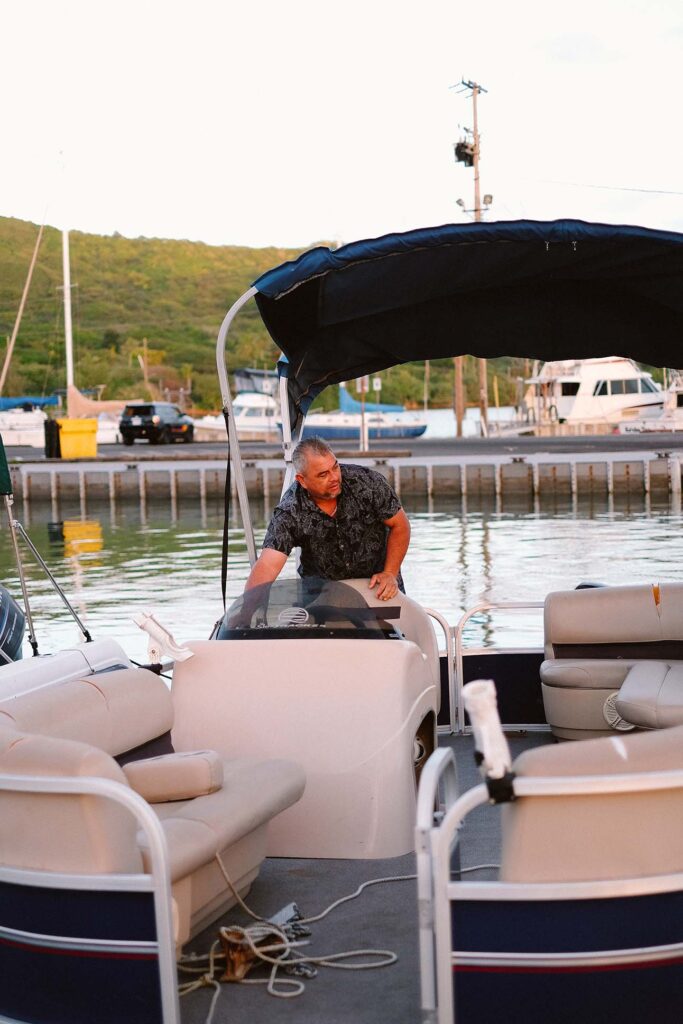
Manuel, along with partners Anthony and Alyssa Suetsugu, secured the bid and immediately set to work with the help of family and friends. They refurbished the interior and gave the outside a fresh coat of paint. Kitchen equipment was installed in the deli space, and shelves were stocked with everything from tabis and fishing tackle to sunscreen and snacks.
Although the buildout was exciting, Manuel was apprehensive when the general store officially opened its doors in 2020: The store’s business projections had accounted for a large tourist base, but Oʻahu’s visitor industry was crippled in the pandemic’s tight grip. In the harbor, excursion boats sat empty at their slips. “We were rolling the dice,” Manuel recalls of those early days. “Just trying to figure out, ‘How are we gonna survive?’”
And then, the local community showed up. With no formal advertising push, news of the general store spread the old-fashioned way: word of mouth. Drawn to the store’s laid-back vibe—so cherished on the east side—retirees came by for coffee and loco moco, fishermen grabbed ice and bentos, and kids cruising on the pier popped in for hook, line, and Icees. Folks began to regularly congregate in and around the general store, talking story and cracking jokes on the green picnic tables outside.
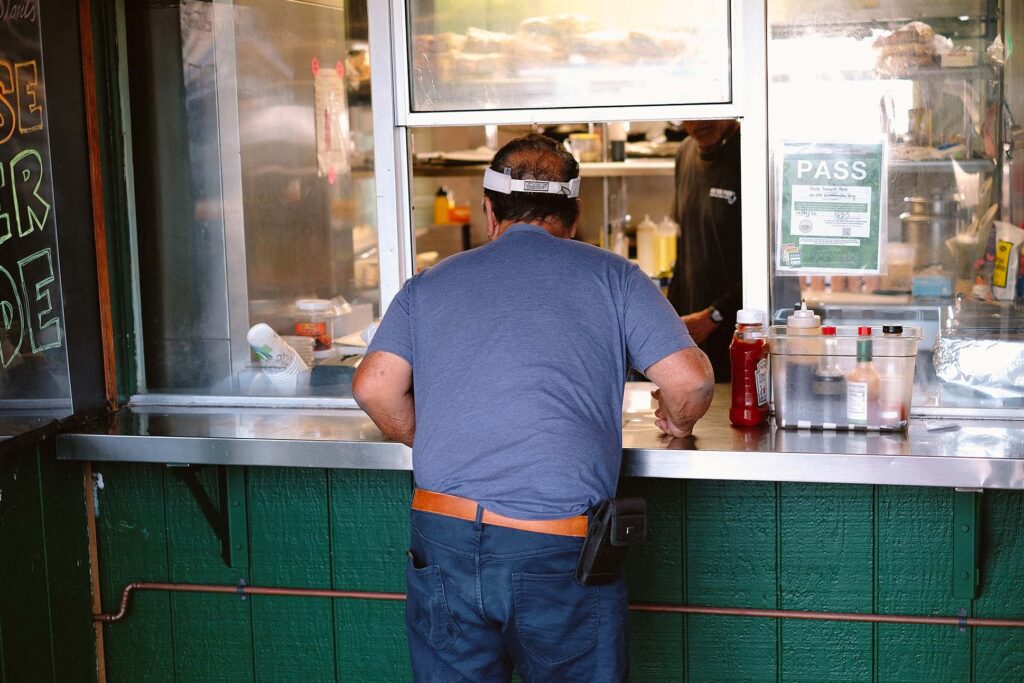
If the vibe at Heʻeia Pier General Store feels local, that’s because it is local—and wonderfully so. “The most successful times of this place were when it was a family-owned business,” Manuel says, referring to the Choy family’s 27-year stint that ended in 2008. “For us coming in, we wanted to learn from the old-timers—what this place had been like, what it is now, and what it could be.”
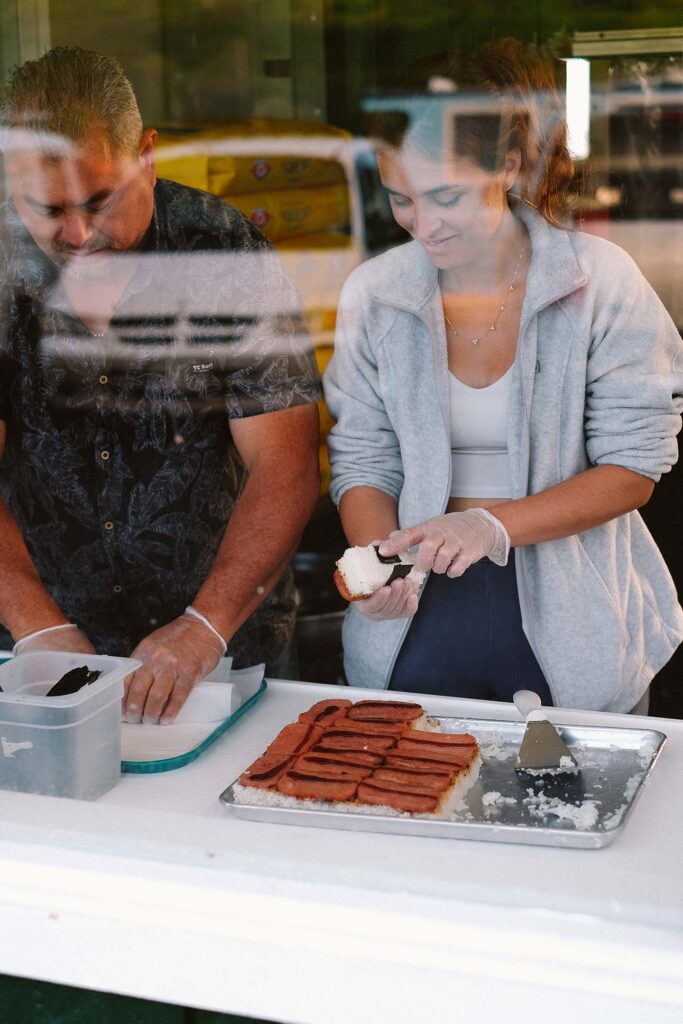
That respect for tradition has led the community to embrace the store’s new owners with warm support. About a month after opening, the general store assembled a hundred bowls of saimin and quietly invited the community to a sunset saimin night at the pier. “I honestly thought we’d be lucky to sell 40 or 50 bowls and that I’d end up giving away the rest,” says Sydni, Manuel’s 22-year-old daughter, who has taken the helm as the store’s manager. That evening, Sydni looked out to a crowd swelling in the harbor area, all eager for the familiar island comfort dish prepared home style—garnished with cabbage, char siu, and fishcake slices, and served with a teri beef stick.
“It was crazy, the line stretched from the store to the far boat ramp,” Sydni says, marveling at the memory. “We sold out in 20 minutes.” In true local style, the kitchen crew scrambled to feed the multitude, emptying the refrigerators and cooking up whatever they could to ensure no one left hungry.
“The store has really helped in tightening our community,” says Heʻeia Kea harbormaster Tanya Borabora. From her second-story office on the pier, Borabora has a bird’s-eye view of all the happenings in the harbor and a close rapport with those who frequent it. Each morning while she makes her rounds around the harbor, the uncles drinking coffee by the store call out warm greetings, sharing news and tidbits of pier gossip.
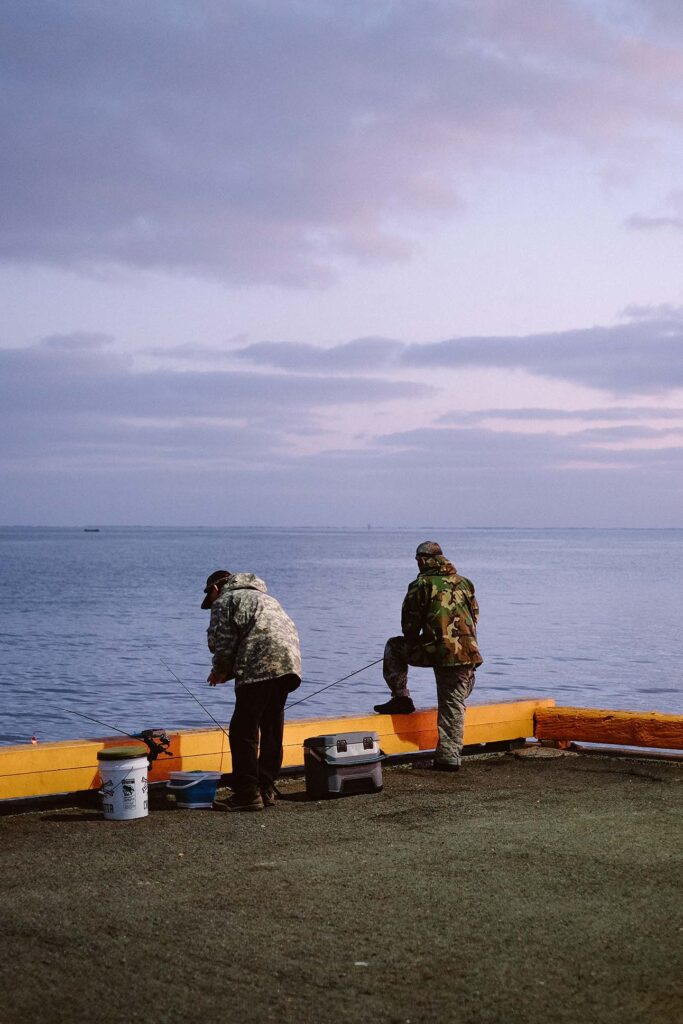
“They are my eyes and ears of this place,” she says with affection. When the store hosted a music night this past summer, nearly 300 people attended, setting up chairs, blankets, and coolers in the parking lot to enjoy live Hawaiian music under the stars. “People came up to me for days sharing how awesome it had been,” Borabora says.
Hearing them recount the evening gave her both delight and chicken skin. “At the end of the night, everyone stood up and held hands and sang ‘Hawaiʻi Aloha’ together. Then everyone helped to clean up before going home,” Borabora says, her voice softening. “I can’t think of any other harbor community that’s like this. It’s special.”
Today, Manuel lives on the windward side, a quick ten-minute drive from the harbor. Some mornings, he launches his boat from the small dock behind his house and makes his way across the bay during the soft golden hours of dawn. Most afternoons, he settles in on the picnic tables for a pau hana talk-story session with all the harbor regulars. A humble guy, he eschews any praise for reviving the little general store and, in turn, its community. Instead, he prefers to see the gift the store has given him: In heading east, Manuel found his true north.
